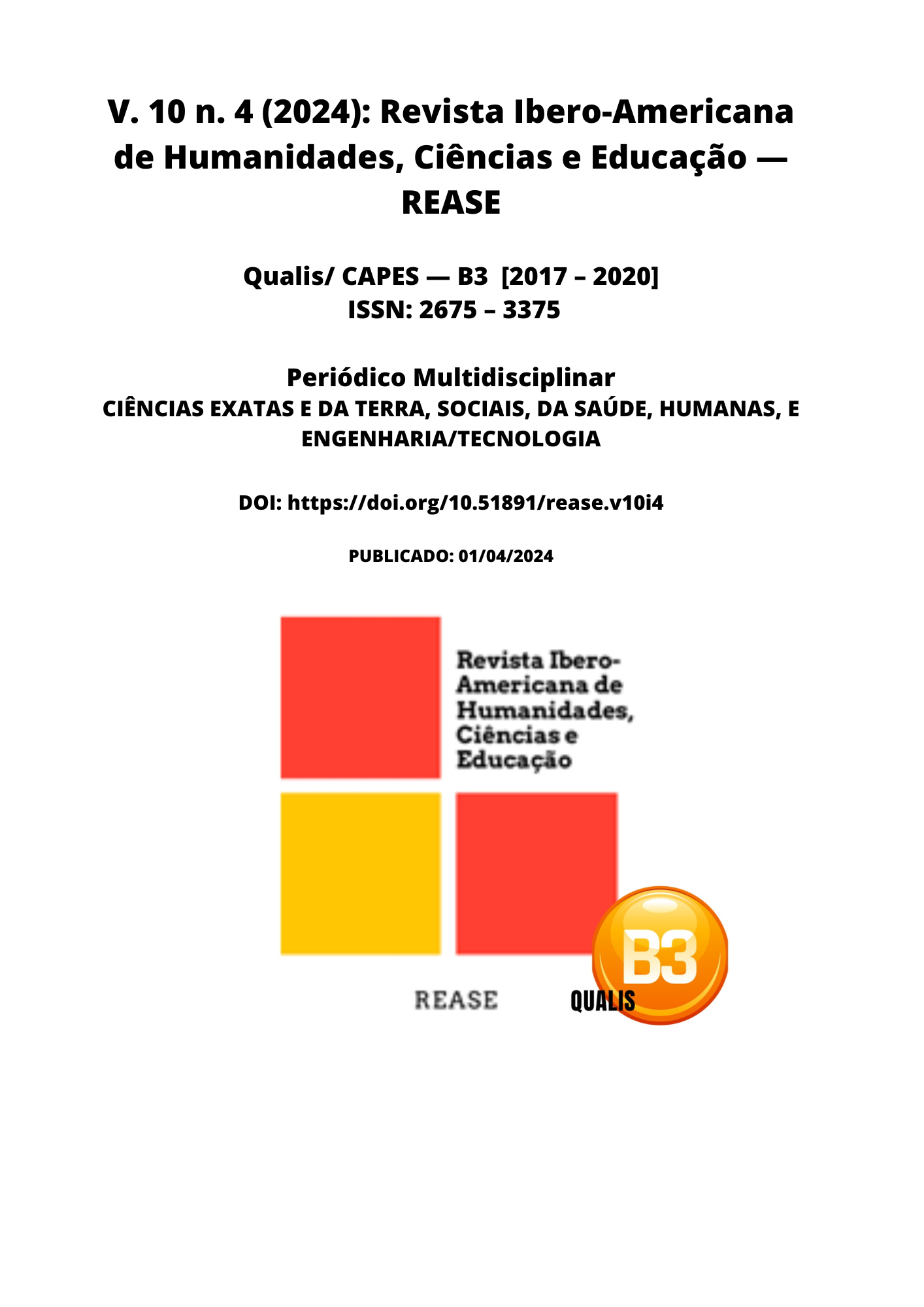AN ECOLOGICAL STUDY ON MORTALITY FROM SEPSIS IN BRAZIL (2018-2022)
DOI:
https://doi.org/10.51891/rease.v10i4.13501Keywords:
Sepse. Septicemia. Mortalidade.Abstract
INTRODUCTION: Sepsis is the current name for the term septicemia in which mortality in Brazil reaches 65% of cases, while the global average is between 30 and 40%. OBJECTIVE: To analyze and describe mortality due to sepsis in Brazil between 2018 and 2022. MATERIALS AND METHODS: The present epidemiological study is characterized as analytical and descriptive ecological, whose objective is centered on the quantitative description of mortality due to sepsis in Brazil in the years from 2018 to 2022. RESULTS AND DISCUSSION: Considering a descending order, it is clear that the Southeast is the Brazilian region with the highest mortality rates (per 100 thousand inhabitants) in all years of the study. In second place is the Northeast region and in intermediate position, third place is the South. Fourth place was occupied by the North region and lastly by the Central-West. It is observed that in Brazil there was a slight increase in the mortality rate from 2018 (9.4 deaths per 100 thousand inhabitants) to 2019 (10.31 deaths per 100 thousand inhabitants). In 2020, the values reduced to 9.75 per 100 thousand inhabitants. This period preceded a series of increases in both 2021 (11.11 per 100 thousand inhabitants) and 2022 (12.77 per 100 thousand inhabitants). Furthermore, forecast statistics show that for the year 2023 a rate of 13.26 per 100 thousand inhabitants (95% CI: 11.99-14.53) is expected and in 2024 14.06 per 100 thousand inhabitants ( 95% CI: 12.79-15.35). This demonstrates that there is a probability of an increase in deaths due to sepsis, which reinforces the need for efforts to overcome this health problem. FINAL CONSIDERATIONS: Observing the general panorama of the present study, it is observed that the region with the highest mortality rate was the Southeast and the lowest was the Central-West. Furthermore, the study revealed that from 2020 onwards there was an increase in the number of deaths due to sepsis throughout Brazil and statistical predictions indicate that this increase will continue in 2023 and 2024. Furthermore, comparing the data from the present study with other research studies In previous years, there was a worsening in health conditions in the North and Northeast regions, while there was an improvement in the South and Central-West regions.
Downloads
Downloads
Published
How to Cite
Issue
Section
Categories
License
Atribuição CC BY

